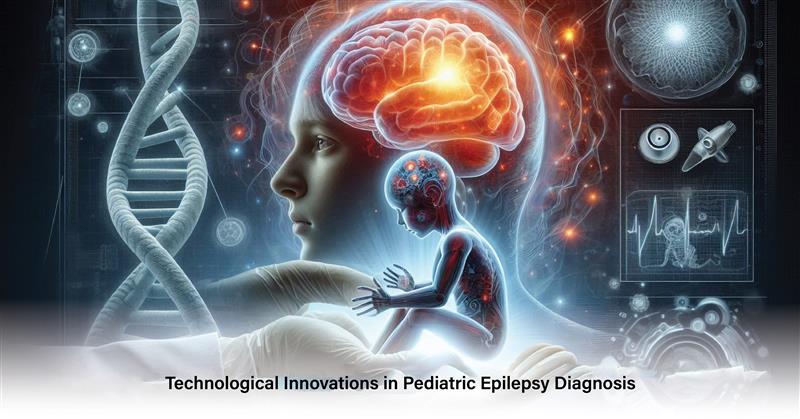Epilepsy is a chronic neurological condition that is truly worldwide, affecting close to 10% of children in the world. This is defined by either recurring seizures or one major seizure, seeing that seizures are momentary disturbances of brain function caused by cerebral electrical events. Epilepsy in children can often be misdiagnosed, mainly because the symptoms are not as conspicuous as in adults, and interpreting tests such as electroencephalograms (EEG). In the last few years, with the help of artificial intelligence and machine learning, approaches to pediatric epilepsy diagnosis have completely changed. By supporting more precise, prompt, and non-ruptive means to detect seizure-related abnormalities in kids, these technologies promise better control or therapeutic approaches to handling these structural abnormalities.
Machine learning in the diagnostics of pediatric epilepsy can be considered the start of an epoch of value-based medicine. Conventional diagnosis of epilepsy used to involve the identification of epileptic activity on the raw EEG records by clinical specialists. However, this is a very time-consuming technique and not always accurate, especially in some other complicated issues. At the moment, hard work is being done to create smarter algorithms that would improve and simplify the process of analyzing the EEG. For instance, current deep learning strategies have learned to identify patterns in EEG signals that can go unnoticed by human employees. Such patterns mostly help to reveal the nature and place of epilepsy for further treatment.
